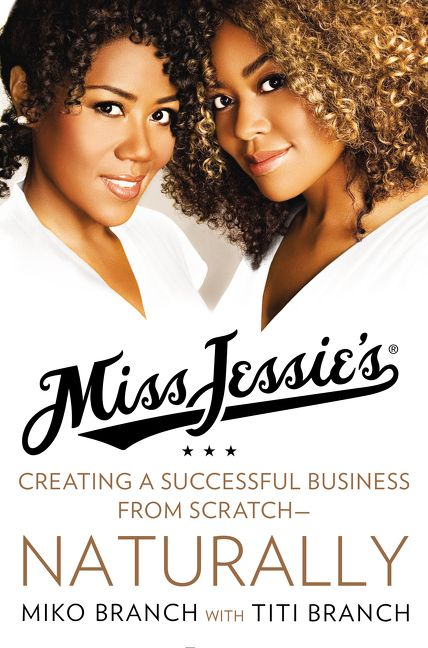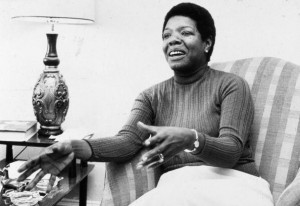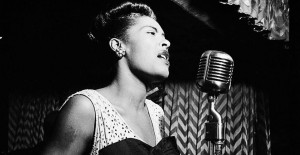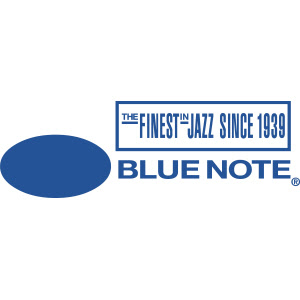Fly Quotes: The Black Business Edition (Miss Jessie’s)
 The book, “Miss Jessie’s: Creating A Successful Business From Scratch- Naturally” By: Miko Branch with Titi Branch, is a great read! It is a must read for entrepreneurs; two sisters who built a brand, an industry, and a business from the ground up. Support this tome.
The book, “Miss Jessie’s: Creating A Successful Business From Scratch- Naturally” By: Miko Branch with Titi Branch, is a great read! It is a must read for entrepreneurs; two sisters who built a brand, an industry, and a business from the ground up. Support this tome.
The following quotes from the book is top-notch business advice:
“Be your own best representative of your brand. Pay attention to how you dress and carry yourself. The manner in which you present yourself speaks volumes about your self-worth and can have a direct impact on your business relationships.”
“Turn crisis into opportunity. There’s no better time to take a risk than when you have nothing to lose.”
“Ownership is key. Why do all that work only to risk losing everything to imitators with bigger resources?”
“Investigate before you dismiss. Don’t assume you know everyone’s motives. When you filter too much, you risk overlooking a golden opportunity.”
“Keep it moving. No business can afford to rest on past success.”
“Be a work in progress. The most successful business owners know they must continually evolve.”
“Many young businesses are tempted by the large amount of up-front cash that can be one of the immediate benefits of doing business with a large distribution partner. But you have to consider the longer-term costs of such short-term gains. Those percentages could ultimately kill a business. Besides, there’s power in saying no. It frees you up for the next opportunity. You just have to believe that something better will come along. If you continue to work had to build your brand, it almost always does.”







